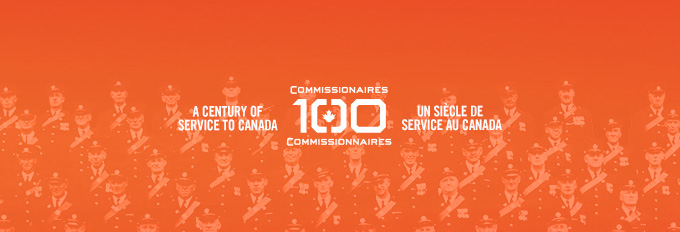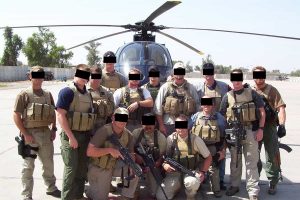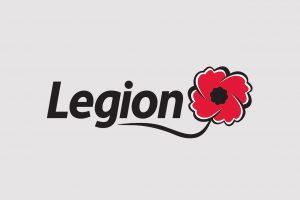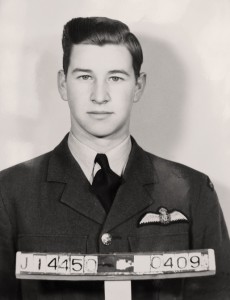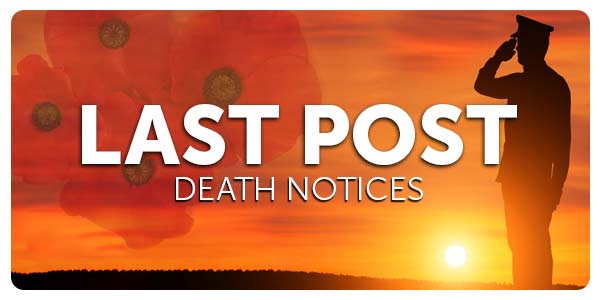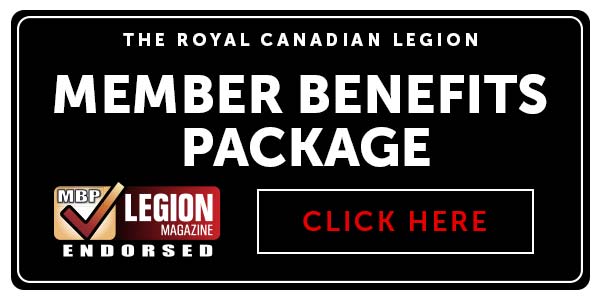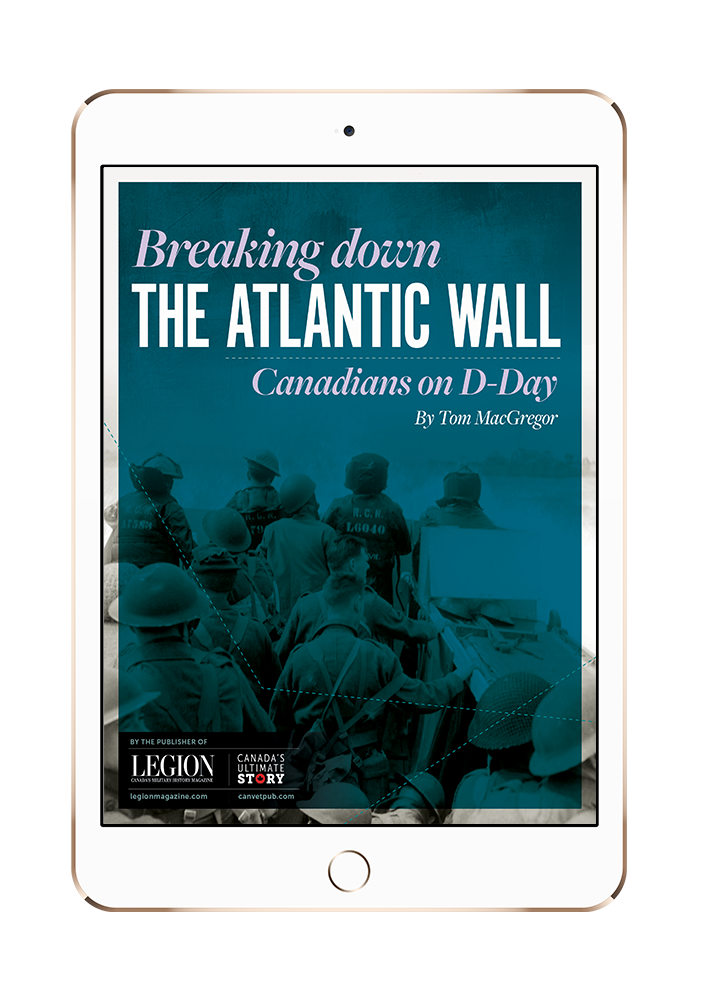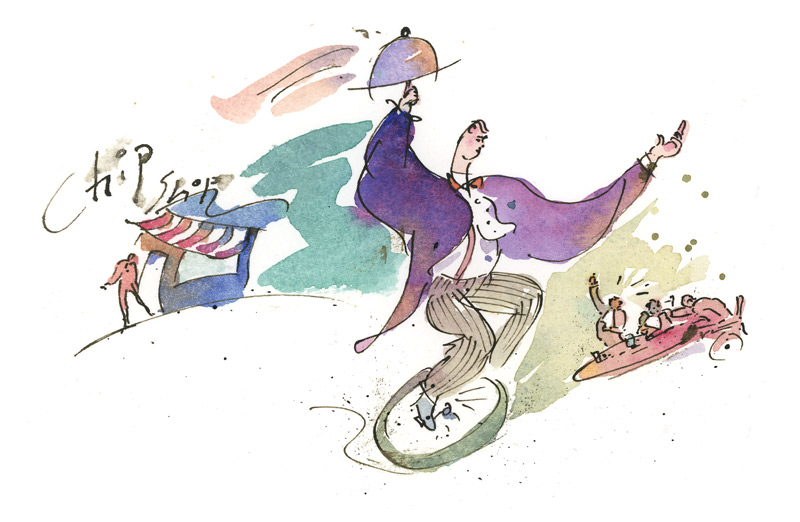
Cumulogranitus: Air force slang for one of those pesky clouds with a mountain inside.
Stan Heather of Toronto sends this story. In June 2012, 34 WW II veterans flew to Britain for the dedication and unveiling of the Bomber Command Memorial in London.
On their first evening, four of them decided to go to a fine dining establishment. They found a beautiful restaurant and listened as the waiter outlined the specials. One of the patrons mentioned, “I’d love fish and chips.” Everyone, including the waiter, laughed.
When the food arrived, under silver domes, the first dish unveiled was an order of fish and chips, complete with mushy peas. The restaurant had dispatched someone to a chip shop down the street to bring back a special dinner. It was much enjoyed.
The perils of recruit school. The sergeant looks over a gaggle of new soldiers.
“Anybody here interested in music?”
After a pause, two hands rise tentatively.
“I play guitar, sergeant,” says one rookie.
“Me, too, sergeant,” says the other.
The sergeant’s eyes light up. “Great. Get down to the mess on the double. They’re waiting for you to move the piano.”
Aircraft manufacturers have tended to christen their products with catchy names like Spitfire, Thunderbolt and Hellcat. The people who fly them, on the other hand, have tended to apply their own labels. Often, their nicknames are less than complimentary. Here are a few labels given to planes flown by the Royal Canadian Air Force at one time or another.
Dollar 19, the C-119 Flying Boxcar, 1950s.
Flying Banana, the Vertol-Piasecki H-21 helicopter, 1950s. Named for the distinctive bend in its fuselage.
Flying Porcupine, the Short Sunderland flying boat, WW II. It was so named by the Germans because it was studded with machine-guns.
Hallybag, the Handley Page Halifax bomber, WW II.
Lizzy, the Westland Lysander, WW II.
Mossie, the De Haviland Mosquito, WW II.
Pregnant Duck, the Lockheed Hudson patrol bomber, WW II. It had a plump outline.
Pregnant Frog, the Grumman Goblin, a biplane fighter, WW II. It was not a sleek aircraft by any stretch of the imagination.
Steam Otter, the De Havilland Canada Otter. It got this nickname, suggesting old technology, after the appearance of its successor, the turbo-prop Twin Otter, known as the Twotter.
Stoof, the Grumman Tracker; from the official U.S. Navy designation S2F, 1960s-70s.
Strainer, the Vickers Stranraer flying boat, WW II.
Stringbag, the Fairey Swordfish biplane torpedo bomber, WW II; named because of the variety of equipment it could carry, reminding pilots of the multi-purpose string shopping bags used at the time.
Sword, the North American F-86 Sabre, 1950s.
What-a-Pity, the Westland Wapiti light biplane bomber, 1920s-1930s.
Wimpey, the Vickers Wellington bomber, WW II. Named after J. Wellington Wimpey, a character in the Popeye cartoons of the day.
The U.S. Navy is a dry service, with no alcohol on its vessels. That has often led American officers to wangle invitations to British or Canadian ships to get a drink in the mess.
In 1942, a Canadian corvette was escorting a convoy to Boston from Halifax when it was joined by a U.S. Navy blimp as an air escort. The blimp, an ancestor of those that drift over today’s sporting events, flashed a signal: Hello, always glad to see you, even though we are a dry Navy and you are a wet one.
The corvette replied: “If you’re thirsty, come alongside.”
The balloon changed course and, in a moment, was floating directly overhead. A bucket came down on a long rope and the captain sent someone to fetch a half dozen bottles of beer, which were quickly hoisted aloft.
The blimp returned to its station, signalling: Here’s to you, Canadian Navy. We’ll make sure you are very well protected.
The convoy reached Boston without incident.
A Canadian who was seconded to the British army with NATO in Germany in the 1950s recalls an evening in the mess with a very senior officer who had come to inspect the local units.
He was being briefed by his aide about a big parade to be held the next day. The aide said he would write the various necessary commands on a small card that the general could consult.
The general was having none of that. “Oh, no. I’ll just mumble some mumbo-jumbo. The soldiers know what to do. They won’t let me down.”
And they didn’t.
The first dish unveiled was, an order of fish and chips, complete with mushy peas.
We have all heard of gremlins. But few know that there are several different kinds of gremlins:
The Ampless drains batteries. The Creeper tampers with instrument needles, making them creep about. The Petrol Boozer causes fuel problems. Zero puts ice on the wings. Shorty creates problems in electrical circuits. A Widget is a baby gremlin.
Everyone knows Murphy’s Law: If anything can go wrong, it will go wrong.
But there is also a Second Law: If everything is proceeding on time, within budget and without any failures, you have overlooked something.
And a Third Law, too: If there is a possibility of two or more things going wrong, the first to go wrong will be that which has the worst consequences.
Advertisement





